These were the former South Lakeland District Council offices, housed in a building which was originally Kendal’s public wash house and baths, designed by Miles Thompson.
Prints and text about Miles Thompson.
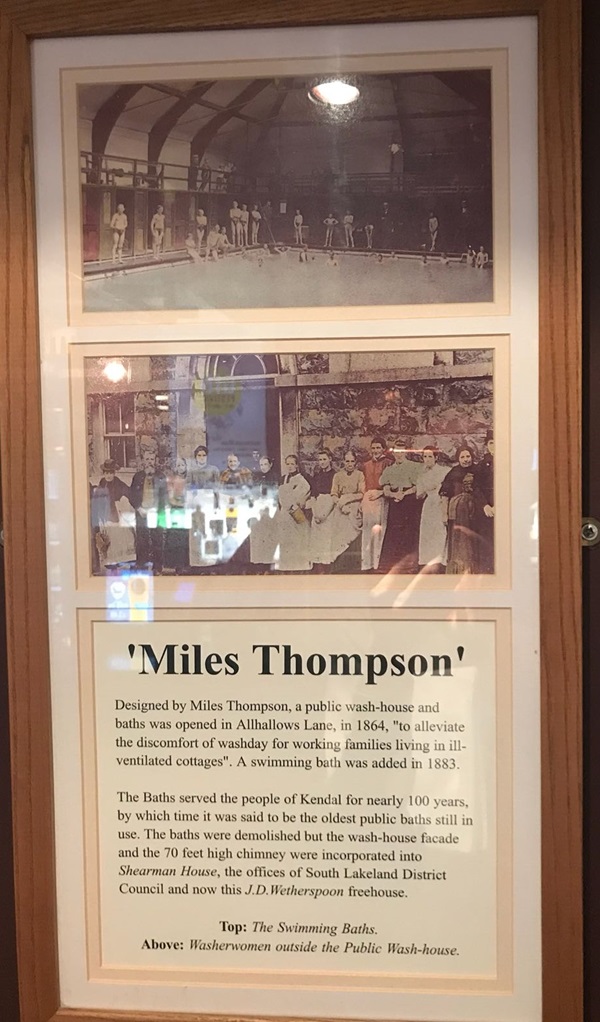
The text reads: Designed by Miles Thompson, a public wash-house and baths was opened in Allhallows Lane, in 1864, to “alleviate the discomfort of washday for working families living in ill-ventilated cottages.” A swimming bath was added in 1883.
The baths served the people of Kendal for nearly 100 years, by which time it was said to be the oldest baths still in use. The baths were demolished but the wash-house façade and the 70 feet high chimney were incorporated into Shearman House, the offices of South Lakeland District Council and now this J.D.Wetherspoon freehouse.
Top: The Swimming Baths
Above: Washerwomen outside the Public Wash-house.
A print and text about George Romney.
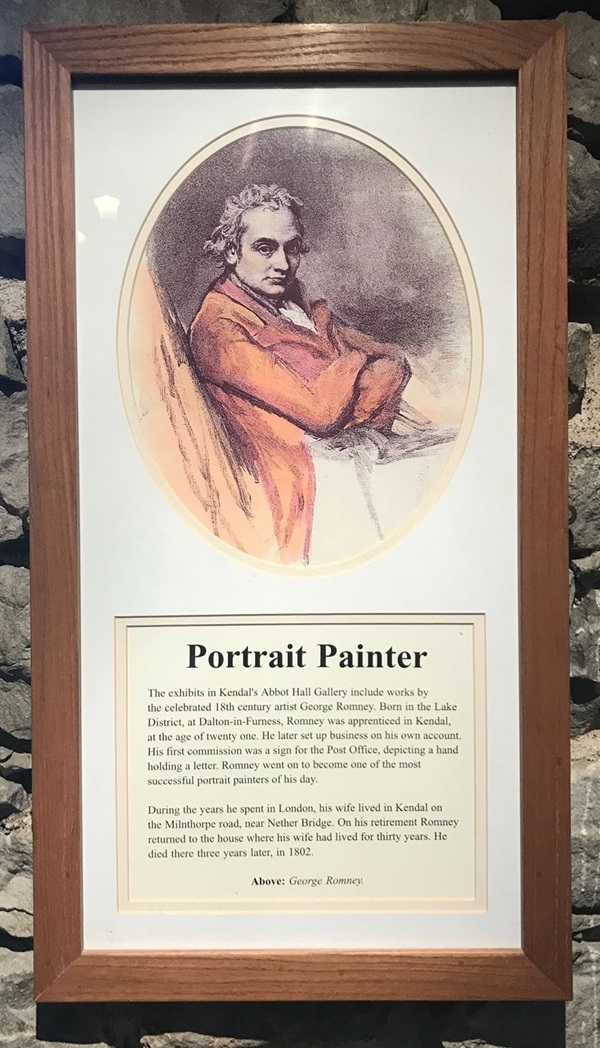
The text reads: The exhibits in Kendal’s Abbot Hall Gallery include works by the celebrated 18th century artist George Romney. Born in the Lake District, at Dalton-in-Furness, Romney was apprenticed in Kendal, at the age of twenty one. He later set up business on his own account. His first commission was a sign for the Post Office, depicting a hand holding a letter. Romney went on to become one of the most successful portrait painters of his day.
During the years he spent in London, his wife lived in Kendal on the Milnthorpe road, near Nether Bridge. On his retirement Romney returned to the house where his wife had lived for thirty years. He died there three years later, in 1802.
Above: George Romney.
A print and text about the Parr family.
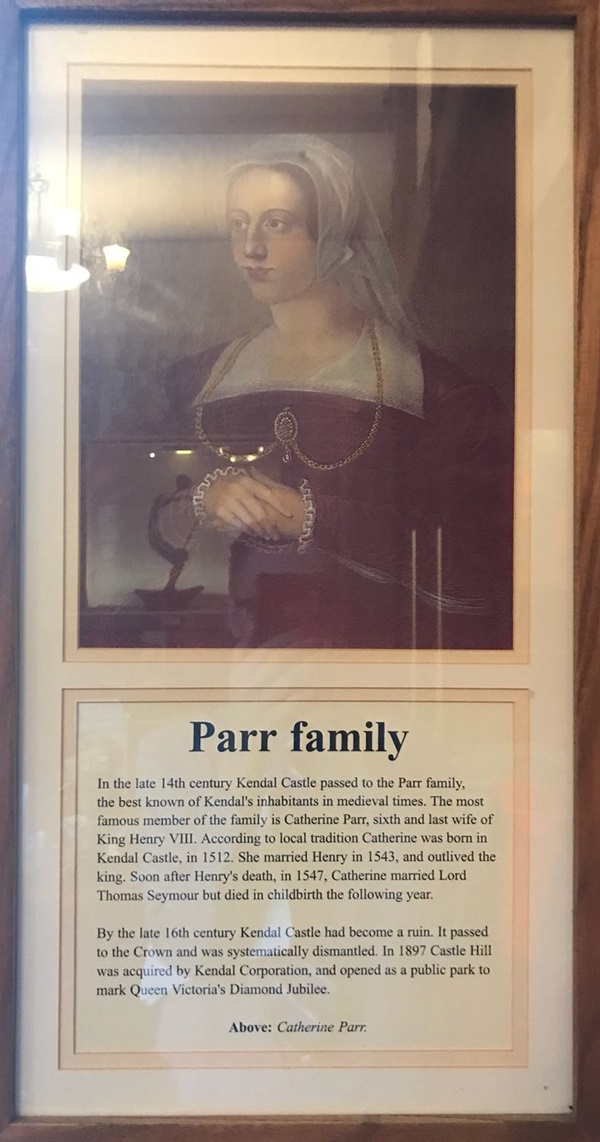
The text reads: In the late 14th century Kendal Castle passed to the Parr family, the best known of Kendal’s inhabitants in medieval times. The most famous member of the family is Catherine Parr, sixth and last wife of King Henry VIII. According to local tradition Catherine was born in Kendal Castle, in 1512. She married Henry in 1543, and outlived the king. Soon after Henry’s death, in 1547, Catherine married Lord Thomas Seymour but died in childbirth the following year.
By the late 16th century Kendal Castle had become a ruin. It passed to the Crown and was systematically dismantled. In 1897 Castle Hill was acquired by Kendal Corporation, and opened as a public park to mark Queen Victoria’s Diamond Jubilee.
Above: Catherine Parr.
A print and text about Alfred Wainwright.
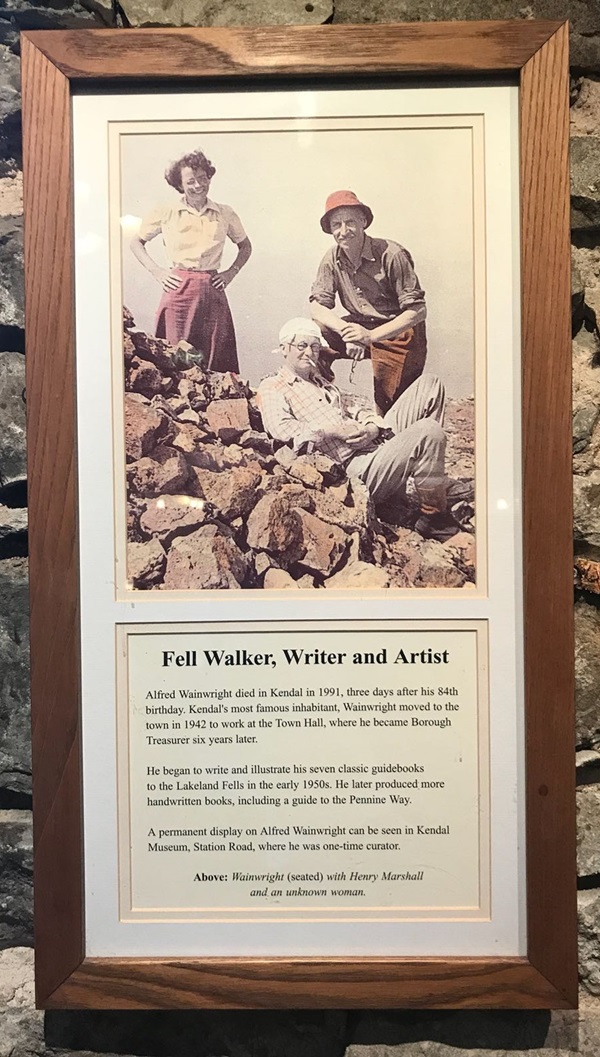
The text reads: Alfred Wainwright died in Kendal in 1991, three days after his 84th birthday. Kendal’s most infamous inhabitant, Wainwright moved to the town in 1942 to work at the Town Hall, where he became Borough Treasurer six years later.
He began to write and illustrate his seven classic guidebooks to the Lakeland Fells in the early 1950s. He later produced more handwritten books, including a guide to the Pennine Way.
A permanent display on Alfred Wainwright can be seen in Kendal Museum, Station Road, where he was one-time curator.
Above: Wainwright (seated) with Henry Marshall and an unknown woman.
A print and text about industries in Kendal.
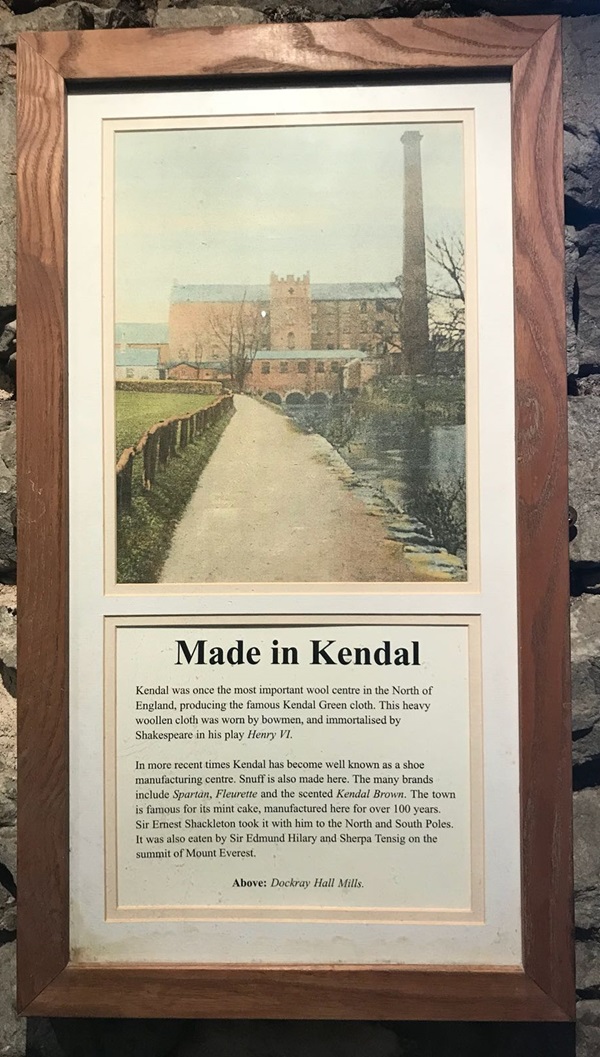
The text reads: Kendal was once the most important wool centre in the north of England, producing the famous Kendal Green cloth. This heavy woollen cloth was worn by bowmen, and immortalised by Shakespeare in his play Henry VI.
In more recent times Kendal has become well known as a shoe manufacturing centre. Snuff is also made here. The many brands include Spartan, Fleurette and the scented Kendal Brown. The town is famous for its mint cake, manufactured here for over 100 years. Sir Ernest Shackleton took it with him to the North and South Poles. It was also eaten by Sir Edmund Hilary and Sherpa Tensig on the summit of Mount Everest.
A print of Redman’s Yard with Romney’s Studio.
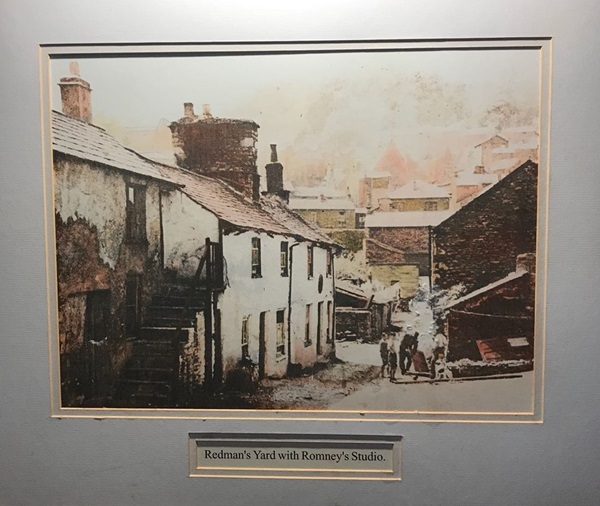
A photograph of Thompson’s China Shop.
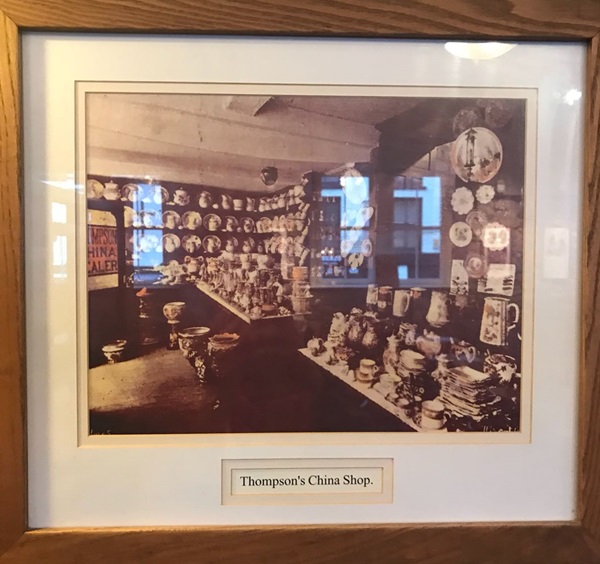
A photograph of the old Town Hall.
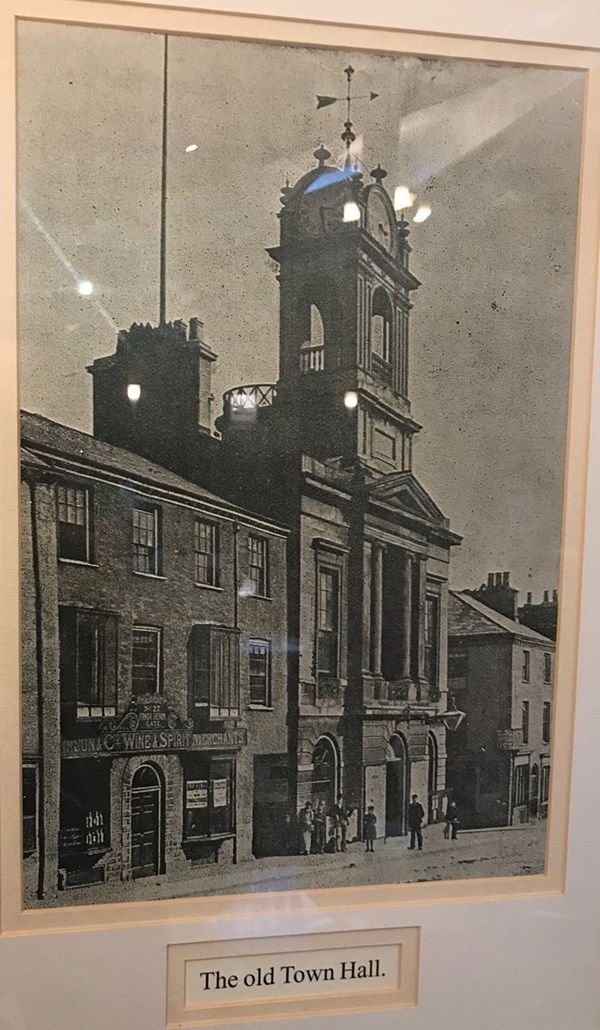
A photograph looking down Allhallows Lane.
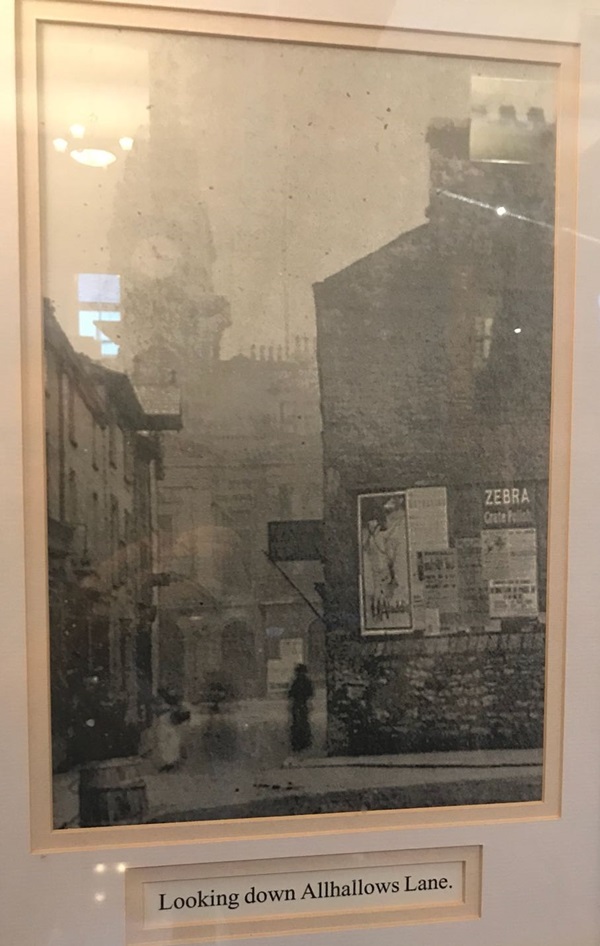
A photograph of the Town Hall, 1893.
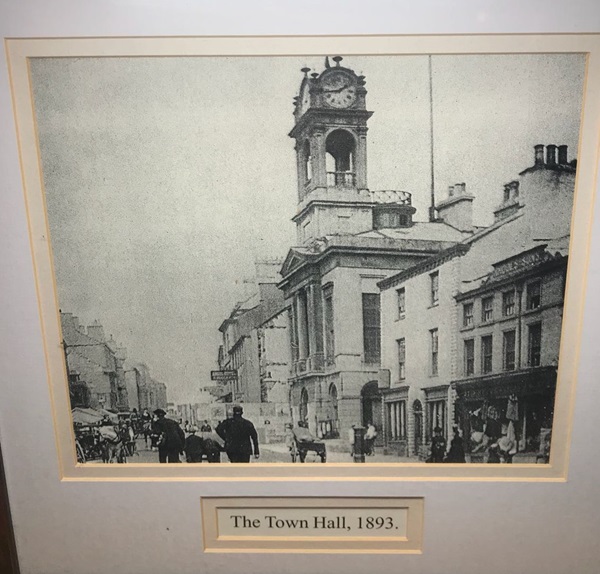
A print of washerwomen outside the public baths and wash-houses in Allhallows Lane.
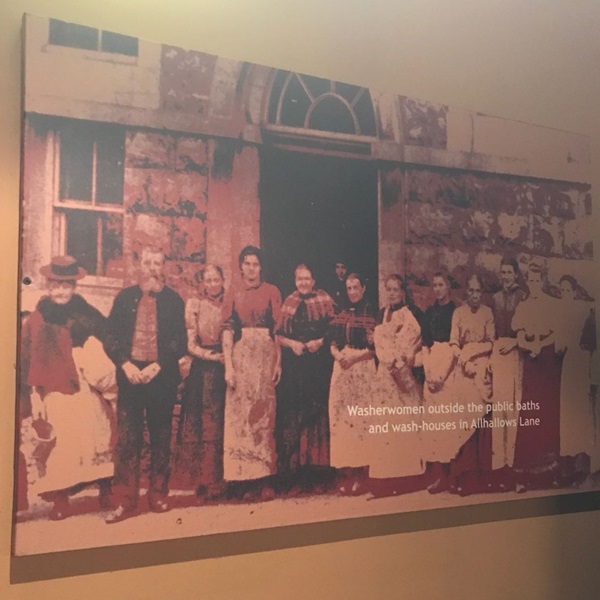
A photograph of Collin Croft, behind the wash-house.
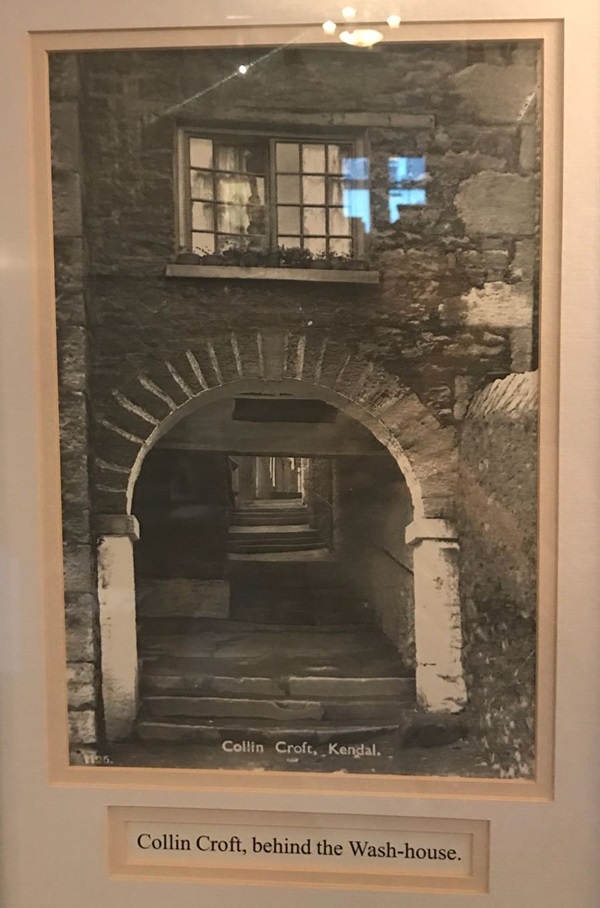
A photograph of Quiggins Mint Cake Shop.
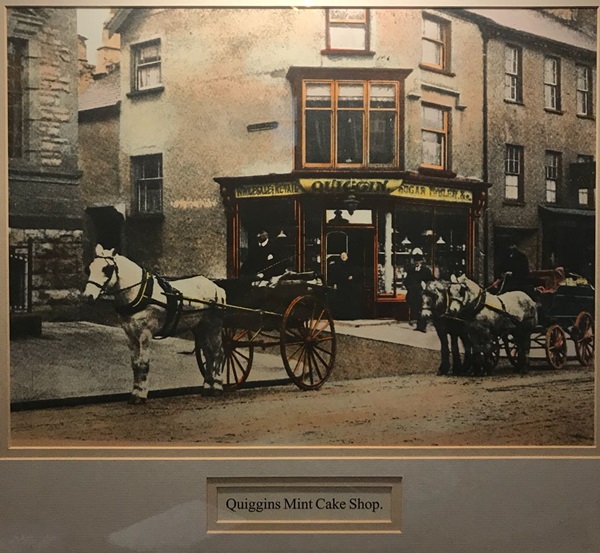
A photograph of Nether Bridge and Miller Bridge.
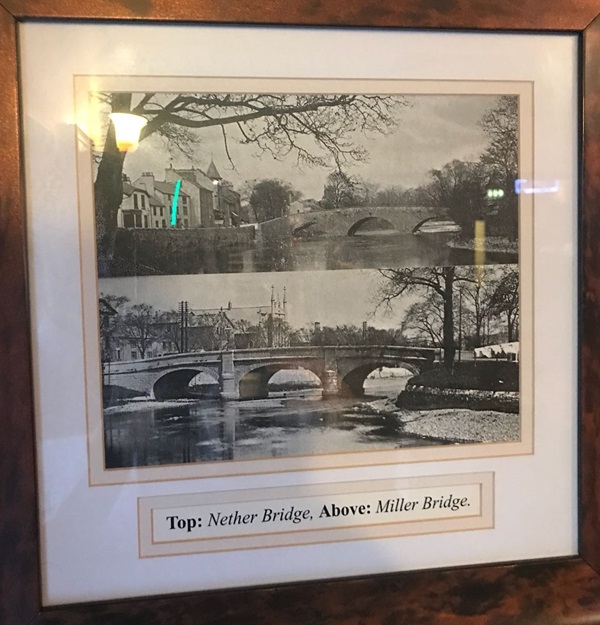
Illustrations of the Kendal Steeple Chase.
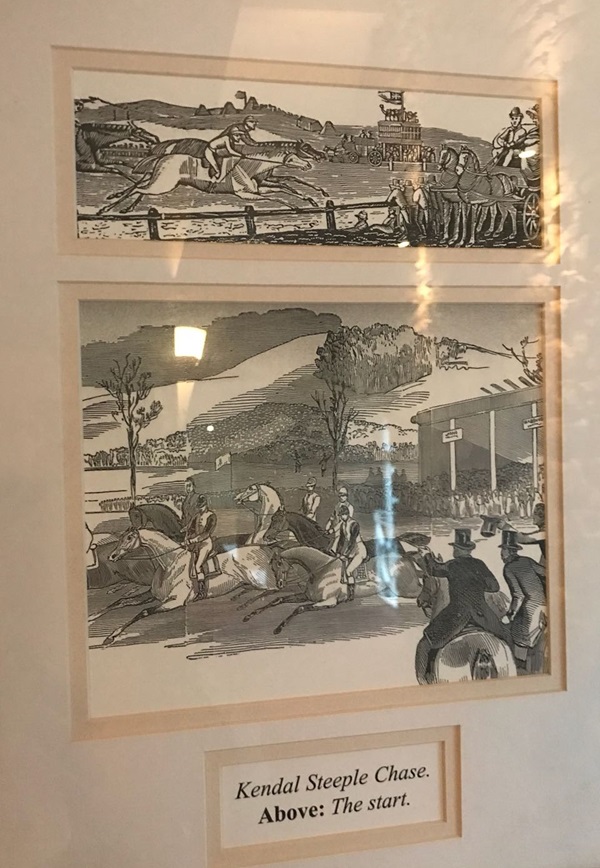
An illustration of Kendal Parish Church.
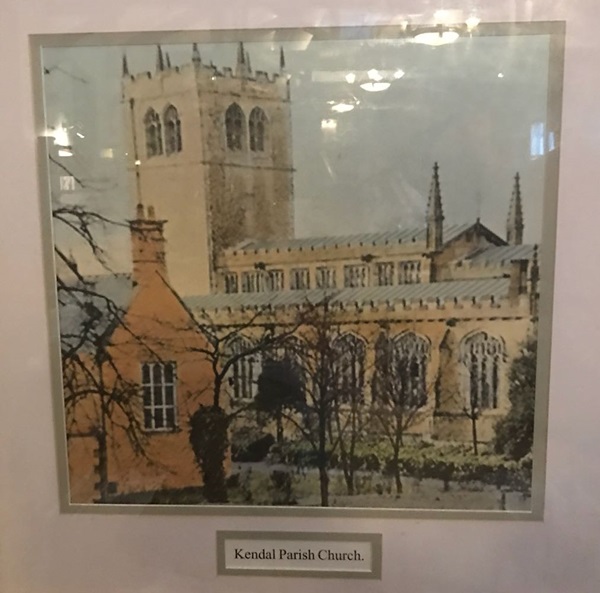
Photographs of Alfred Wainwright.
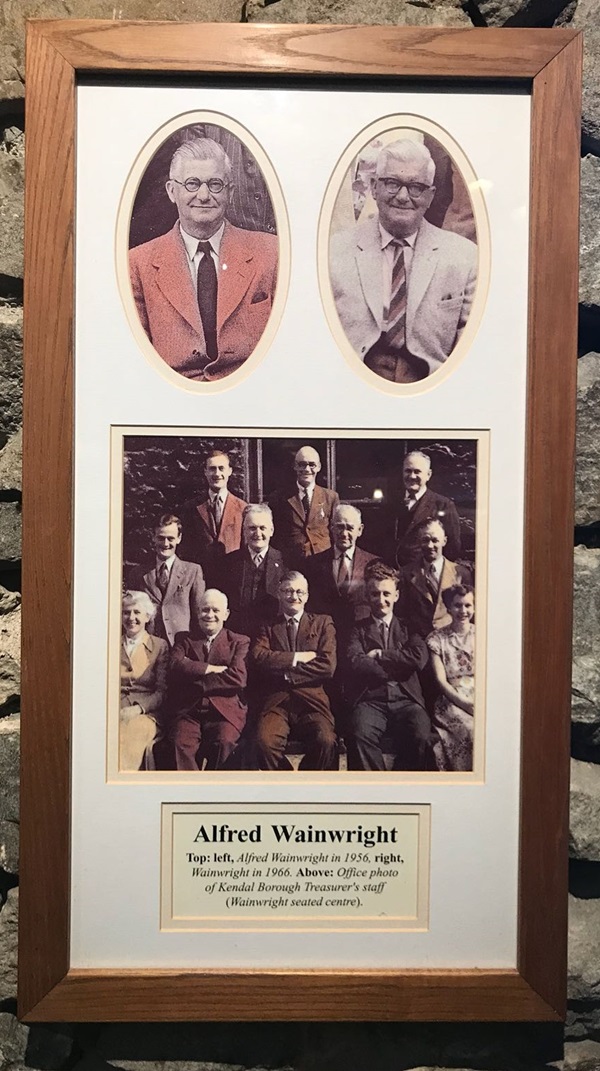
Top, left: Alfred Wainwright in 1956
Right: Wainwright in 1966
Above: Office photo of Kendal Borough Treasure’s staff (Wainwright seated centre)
An illustration of Kendal Castle from the east.
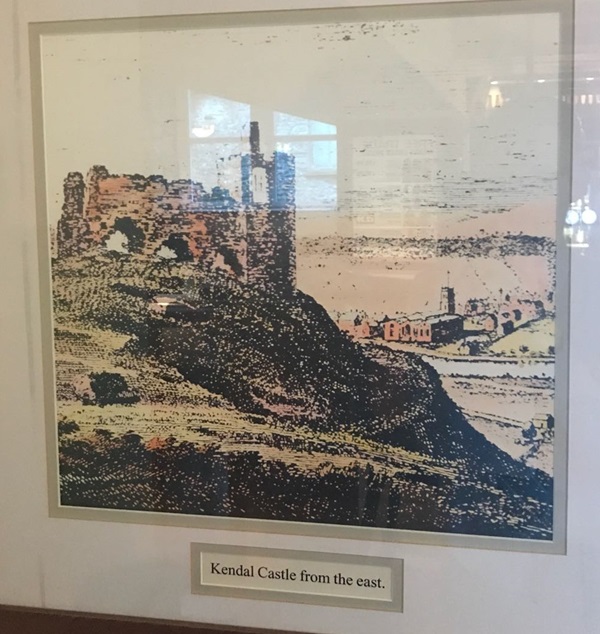
Photographs of George Romney’s House and Studio.
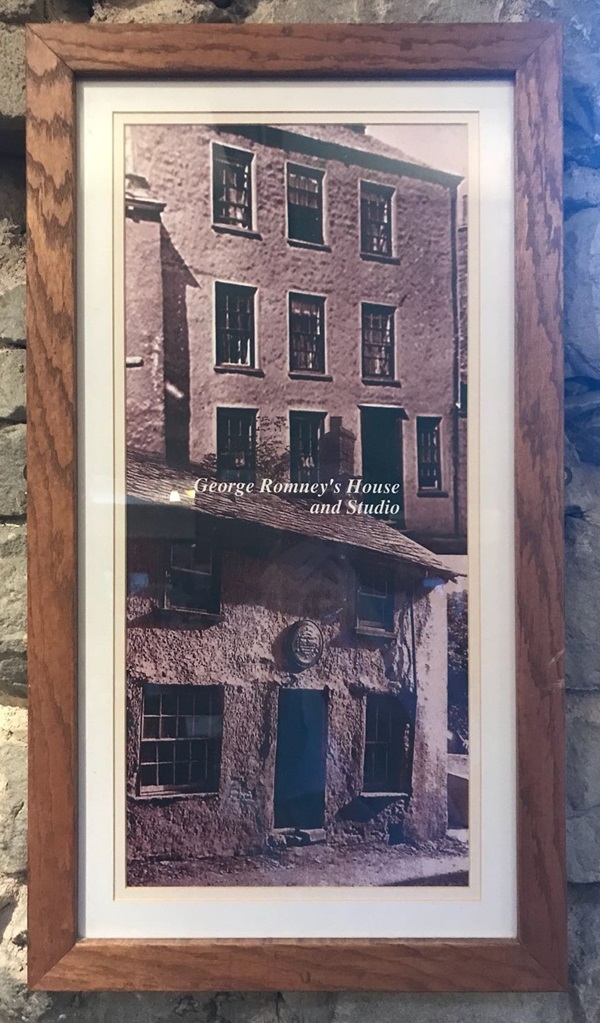
A photograph of Allhallows Lane.
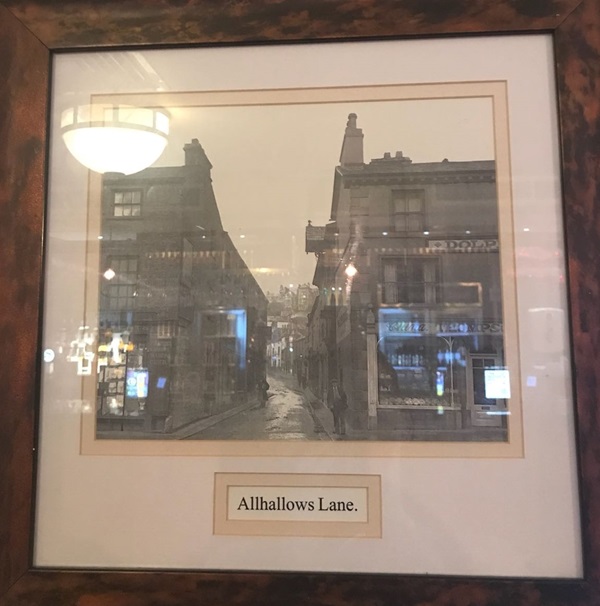
Artwork entitled Tile Study 2, by Philip Ryland.
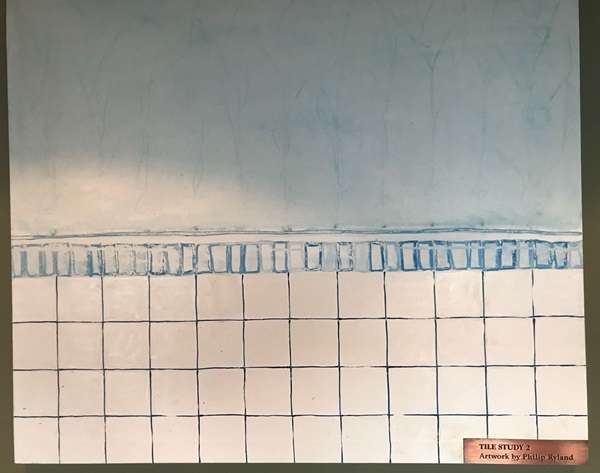
Artwork entitled My Bathroom, by Philip Ryland.
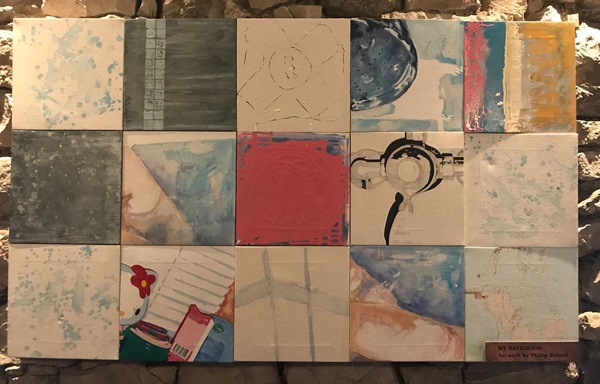
A sculpture entitled Washday Blues, by Gerry Mulholland.
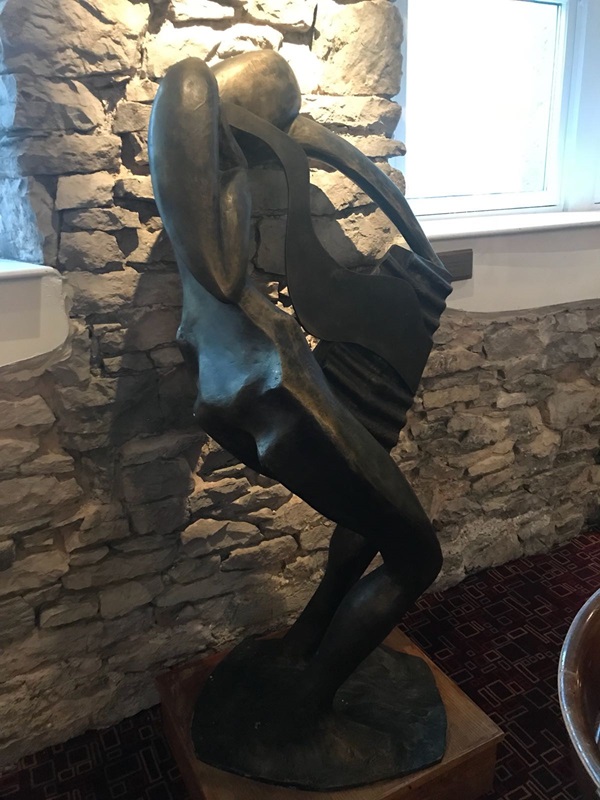
If you have information on the history of this pub, then we’d like you to share it with us. Please e-mail all information to: pubhistories@jdwetherspoon.co.uk